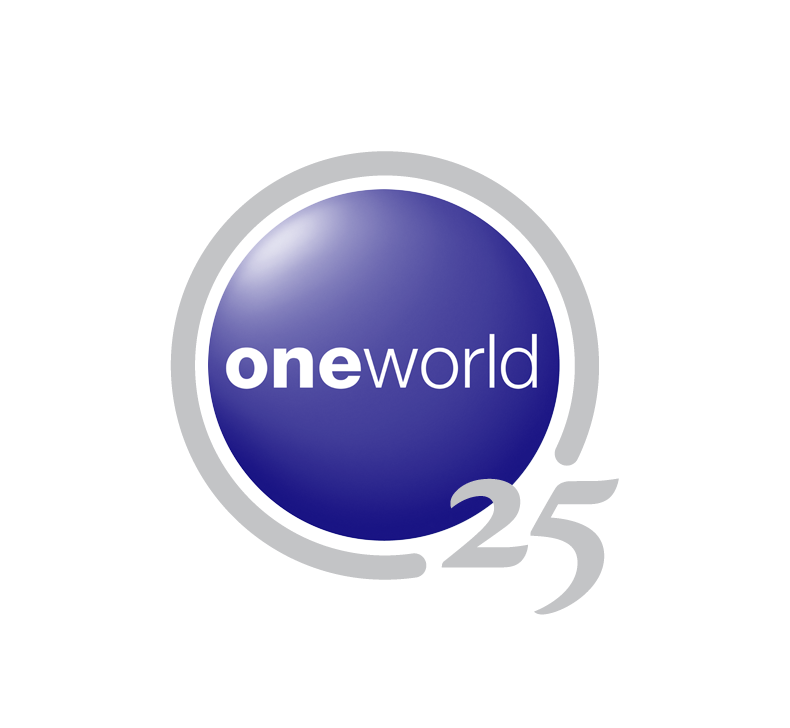Travel Requirements Information Portal
Where Can I Travel To?
See what's open for travel. Use the map below to get information on travel restrictions by country, including entry restrictions, as well as COVID-19 vaccination, testing and quarantine requirements.
Disclaimer
This information is made accessible for your convenience and should not be relied upon for the planning of your trip or any decisions in relation to travel. The information is compiled, monitored and provided independently by the respective source(s) identified for each information item. oneworld does not guarantee the accuracy or reliability of this information – for more information, please refer to the respective source. The dynamic nature of local responses to COVID-19 increases the risk of information being outdated or inaccurate. It is your responsibility to independently inform yourself of any actual restrictions or requirements that may apply at your origin, destination or transit locations when you travel. In the event of a conflict between the information displayed here and the requirements of any authority, airport or airline, the latter shall govern. oneworld shall have no liability or responsibility for any omissions, errors or inaccuracies in this information or the information provided by the respective source(s). This information is made available to you on the basis that you have accepted these terms. See an error? Report an inaccuracy to Sherpa.
